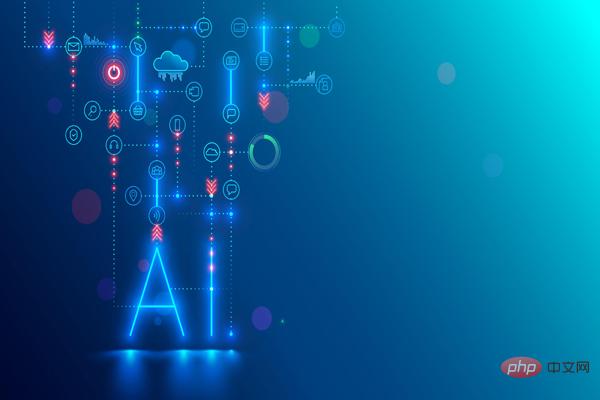
Generative AI refers to technology that uses AI and machine learning algorithms to enable machines to create new digital videos, images, text, audio, or code. Generative AI is driven by algorithms that have the potential to recognize underlying patterns in inputs, generate similar outputs, and deliver high-quality content. A more advanced form of generative AI goes beyond monitoring real-life environments to generate content; it can also leverage mathematical simulations and the unknown patterns of functionality they reveal. Typically, these types of institutions rely on the application of stress testing and sensitivity analysis. Let’s take a look at the five major applications of generative AI.

Generative AI helps create avatars to hide those who are unwilling for any reason while giving interviews or working online A true image of the person whose identity is revealed.
Machines are not sharp enough to understand some of the abstract concepts they may encounter in the real or simulated world, and generative AI is a tool to solve this challenge.
The shuttle mode of operation used in self-learning GANs is very useful for obtaining high-quality images, videos, or audio, even if the input content is far from perfect.
Generative AI tools are able to instantly detect malicious or at least suspicious activity and prevent all kinds of damage to businesses or individuals.
Reinforcement ML is based on rewarding desired behavior and punishing unwanted behavior. Although, detecting where a specific step belongs is often biased. Generative AI technology can help eliminate or at least significantly reduce this bias.
The above is the detailed content of Five advantages of generative AI applications. For more information, please follow other related articles on the PHP Chinese website!
 Page replacement algorithm
Page replacement algorithm
 Application of artificial intelligence in life
Application of artificial intelligence in life
 What is the basic concept of artificial intelligence
What is the basic concept of artificial intelligence
 How to solve waiting for device
How to solve waiting for device
 What is javascript mainly used for?
What is javascript mainly used for?
 linux view system information
linux view system information
 Build your own git server
Build your own git server
 What does win11 activation status activity mean?
What does win11 activation status activity mean?
 How does a switch work?
How does a switch work?




